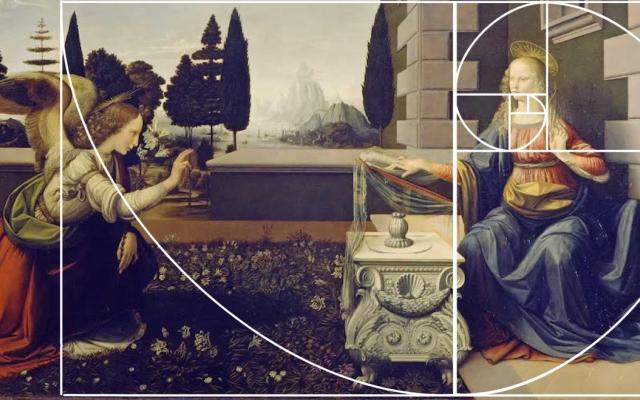
Teen Mathematicians Tie Knots Through a Mind-Blowing Fractal
An editorially independent publication supported by the Simons Foundation.
In the fall of 2021, Malors Espinosa set out to devise a special type of math problem. As with any good research question, it would have to be thought-provoking, its solution nontrivial — something others would want to study. But an additional constraint stumped him. Malors, then a graduate student in mathematics at the University of Toronto, wanted high school students to be able to prove it.
For years, Malors had been running summer workshops for local high schoolers, teaching them about basic ideas in mathematical research and showing them how to write proofs. But a few of his students seemed ready to do more — to find out what it means to do math when there is no answer key. They just needed the right question to guide them.
Malors finally found one while reading a textbook about chaos. In its pages, he came across a familiar object: a fractal, or self-similar shape, called the Menger sponge, which has a simple but elegant construction. First divide a cube into what looks like a Rubik’s cube. Remove the cube in the very center, along with the center cube of each of the six faces. Then repeat this process for each of the 20 remaining cubes. And repeat. And repeat. You’ll quickly see why the resulting fractal is called a sponge: With each iteration, its pores multiply exponentially.




















/cdn.vox-cdn.com/uploads/chorus_asset/file/24533944/STK437_Electric_Vehicle_charge_EV.jpg)


